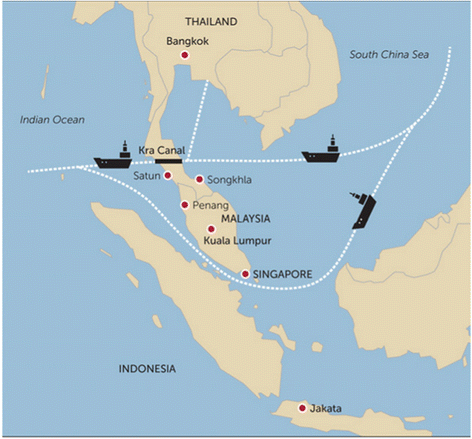S Laxmi
NO doubt, one of the most crucial aspect in any industry is the workforce it employs. As for the Malaysian construction sector, we are still very much labour intensive due to limited application of technology.
According to Immigration Department’s statistics, our construction sector employs 429, 552 migrant workers. From the figure, Indonesians take up the most number (59%), Bangladeshis (13%) and the rest (28%) are from other countries such as Nepal, Myanmar, India, Vietnam and Sri Lanka.
In terms of modern history, getting foreigners to work in this country is nothing new. During the British occupation, the imperialist power brought millions of Chinese and Indian nationals to work at various industries here.
So why do we keep bringing in foreigners to work at our construction sector? The answer is obvious. Locals tend to shun 3D jobs (dangerous, dirty and difficult) as it offers low wages and unsuitable for those with tertiary qualifications.
Plus, 3D jobs also suffer from “poor image” issues among our society!
In recent years, the Government has started imposing various restrictions in the hiring of migrant workers due several reasons, which includes prioritising local workforce and legalising certain groups of undocumented workers in the country.
Last year, under the Government’s labour recalibration plan, the authorities only allow employers to legalise foreign workers who are already under their employment and new hires taken from immigration depots.
This is where certain issues arise, affecting the construction sector. For example, the cost to legalise a foreign worker under the recalibration plan is between RM5,040 and RM6,155 per worker. This whopping amount includes deposit, one-off recalibration fee per worker, work pass, processing fee and visa payment.
And one may need to employ the services of an agency, which would incur an additional RM1,000 to RM2,000, depending on the worker, and his or her job scope.
Small-time players squeezed
However, there are certain limitations this recalibration plan and not all construction company are able to apply for this.
One of the key issues here is the criteria set by the Malaysian Construction Industry Development Board (CIDB), where a company should have a minimum G4 grade to qualify.
This system, in my view, is a setback to small-time players, especially sub-contractors and start-up companies who are desperate for affordable labour force to build their businesses.
Without much choice and having to rely on agents; compounded with soaring raw material costs and stiff competition, the small-time players are squeezed between a rock and hard place.
In a way, it stifles start-ups and small-time players, leaving only the big construction firms with significant financial muscle to dominate the market.
But one must remember that all these will eventually affect the end user, as consumers will be bearing the brunt of rising prices or suffer delay in project completion when contractors are unable to meet their deadline due to cost issues.
While I have stated on why the construction industry needs migrant workers to boost its businesses, no doubt unrestrained influx of foreign labour to Malaysia may create several other issues, especially on the political and socio-economic fronts.
On that note, I welcome the Government’s aim to cap foreign labour employment below 15% of the total workforce under the 11th Malaysia Plan, as we must come up with strategies to reduce dependency on migrant workers. – April 18, 2021.
S Laxmi is an observer of the Malaysian construction industry.
The views expressed are solely of the author and do not necessarily reflect those of Focus Malaysia.










